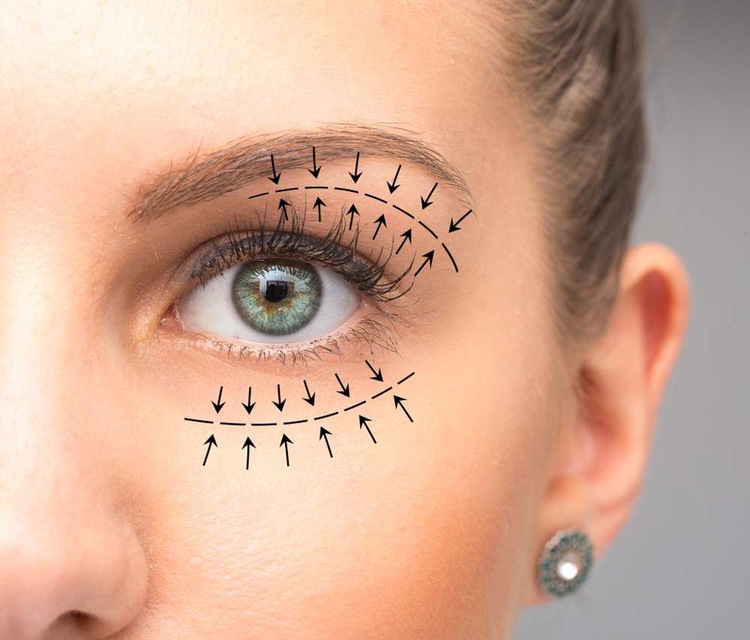A Comprehensive Look at Botox: History, Benefits, and Modern Usage
Botox, a name that is almost as synonymous with cosmetic enhancements as lipstick or mascara, has been a go-to procedure for those desiring a more youthful and rejuvenated appearance. It’s a word that hovers in popular culture, mentioned in passing in celebrity gossip columns or featured in glossy beauty magazines. But what is Botox, really? How has it evolved over time, and what does its usage look like today? To fully understand the impact and relevance of Botox, we must peer into its past, dissect its present benefits, and project its future trajectory.

The Origins of Botox
Botox has historical roots that stretch back to the 19th century. In 1820, Dr. Justinus Kerner first identified botulinum toxin as the cause of food poisoning from spoiled sausage, coining the term “botulism.” However, it wasn’t until 1949 that Dr. Edward Schantz successfully purified botulinum toxin type A into a crystal form. The medical potential of the toxin was quickly recognized, and in 1978, the U.S. Food and Drug Administration (FDA) approved its use for therapeutic applications, such as treating strabismus (crossed eyes) and blepharospasm (uncontrolled blinking).
However, the real breakthrough came in 2002 when the FDA approved Botox Cosmetic for the temporary improvement of moderate to severe frown lines. This approval opened the floodgates for Botox’s popularity, leading to a surge in the market and establishing Botox as a household name in aesthetic treatments.
Botox: More Than a Wrinkle Reducer
While Botox is most famous for its role in reducing wrinkles, it is by no means a one-trick pony. Its uses have expanded greatly since its inception, and it now plays a role in treating a variety of medical conditions. Botox injections have been used to alleviate migraines, excessive sweating, overactive bladder, and even certain muscular disorders.
In the realm of beauty, Botox has also evolved beyond simply smoothing out fine lines and wrinkles. Today, it’s used for a range of aesthetic enhancements like jawline slimming, brow lifting, and reduction of gummy smiles. The versatility of Botox is a testament to its enduring popularity and effectiveness.
The Social Perception and Reception of Botox
The perception of Botox has ebbed and flowed with the times. Initially, it was viewed with suspicion and even fear due to its origins as a lethal toxin. Over time, however, as its therapeutic and aesthetic benefits became more widely known and accepted, the stigma surrounding Botox began to dissipate.
In recent years, the conversation around Botox has shifted from whispers behind closed doors to open discussions on social media platforms. The rise of “Botox parties,” where friends gather for collective treatments, and the normalization of “preventative Botox” in younger patients, reflect the changing cultural attitudes towards this procedure. However, it’s essential to note that while the reception of Botox has generally been positive, it is not without its critics. Some argue that the normalization of Botox contributes to unrealistic beauty standards and the pressure to look perpetually young.
The Future of Botox in Beauty
Botox’s popularity shows no signs of waning. In fact, the global Botox market is expected to reach $6.9 billion by 2028, demonstrating its enduring relevance in the beauty industry. The future of Botox lies in the continual refinement of techniques, expansion of applications, and increased accessibility through innovations in technology.
Additionally, the future of Botox may also lie in its ability to cater to the growing demand for minimally invasive procedures that offer quick results with little to no downtime. As more individuals seek out non-surgical ways to enhance their appearance and improve their self-esteem, Botox is likely to remain a popular choice.
Conclusion
Botox has come a long way from its origins as a deadly toxin to its current status as a beloved beauty treatment. It’s more than just a wrinkle reducer—it’s a versatile tool that can address a wide range of aesthetic concerns and medical conditions. Despite some criticisms, the popularity and acceptance of Botox continue to grow, reflecting changing beauty standards and the increasing demand for non-invasive aesthetic treatments. As we move forward, Botox is likely to maintain its prominent position in the beauty industry, evolving with our understanding of beauty and our desire to feel confident in our own skin.




